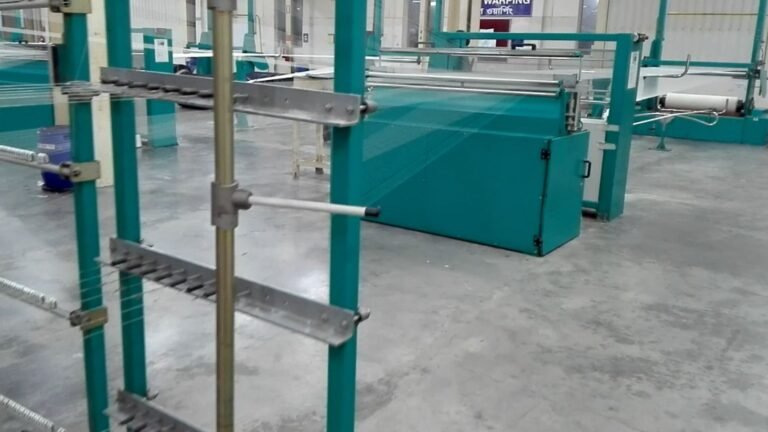The Needle: The Heart of Knitting
In all knitting machines, the main element for the intermeshing of loops is ‘the needle.’ Earlier straight pins were used in hand-knitting to kink the yarn to form a circle and intermesh the new loop through the old one. When the machine was developed in 1589 by William Lee, ‘a spring beard needle’ was used.[…]





![An Overview of Sulphur Dye [A to Z]](https://textileapex.com/wp-content/uploads/2023/08/sulphur-dye.jpg)
